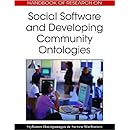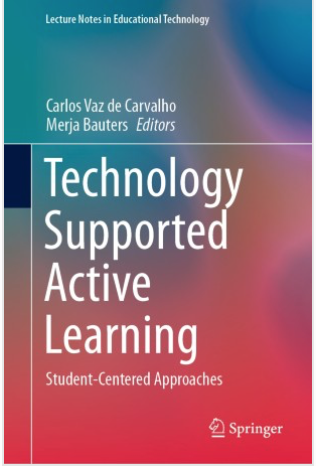Our paper of social recognition provision practices in professional help seeking forums led us towards thinking how to improve the knowledge building within such socio-technical systems.
John Cook has suggested in the Learning Layers project a concept of Hybrid Social Learning Networks (HSLN). “Hybrid Social Learning Networks (HSLNs) is a concept describing socio-technical systems that enable Zones of Possibility (ZoP) to emerge when people and artifacts interact and engage in social positioning practices while learning in informal workplace learning situations. In a Zone of Possibility people connect and interact through a hybrid network of physical and technology-mediated encounters to co-construct knowledge and effectively engage in positioning practices necessary for their work. ”
“Cook: The Zone of Possibility definition thus makes a distinction between the Zone as the structure (a hybrid network of physical and technology-mediated encounters blending socio-technical systems and the actual practice), and the behaviours that the Zone allows (calls for) (connect and interact, to co-construct knowledge, calls for orchestrating social supports – navigation and bridging aids, social positioning, positioning practices necessary for their work), and the resulting functions that the Zone takes as the Possibility (that learners can benefit from the ideas of others). ”
In HSLN-s the different problems and issues can be discussed in specific targeted work groups, that may allow knowledge to be maturing through knowledge building practices. These working groups embedded to wider HSLN can be considered working as in the Zone of Possibility for workplace learning.
Part of what happens in working group relates with dynamic social positioning and identity creation.
I have modelled how the HSLN and the working group may be interrelated.
Figure: social positioning and identity in the knowledge building workgroups of HSLN.
I used the communication acts’ model we presented earlier, to indicate in timeline how the group who is embedded in HSLN may be influenced by these communication acts during the cycles of knowledge maturing.
The initial group that works for problem sends out requests for, and receives recommendations that are based on socio-technically aided validations that contribute to accumulating credibility to people and resources. Knowledege maturing in the group as well as the social positioning in the group is advancing due to these added resources and persons, and the collaborative knowledge-building the group does. The accumulated credibility from the HSLN contributes to social positioning in group as follows: it may give expertise based ranking among the group members to certain people in group depending of a certain time moment, so social position may change dynamically due what happens with involved persons – which resources they bring into the group (credibility of resources enables calculating persons topic related credibility), what is their personal credibility based on these resources, plus what is their overall credibility in HSLN). Additionally, within the group the adequacy of credible resources and credible persons in respect to topic in hand is estimated as a whole, and if group expertise is low, the recommendations could be pushed by HSLN to add relevant credible persons and resources.
Social ranking of persons within group in time moment may suggests identity and roles in teams, such as leader expert (responsible for summarizing, setting rules to how document is created), and experts who provide arguments (responsible for introducing alternatives, validating).










